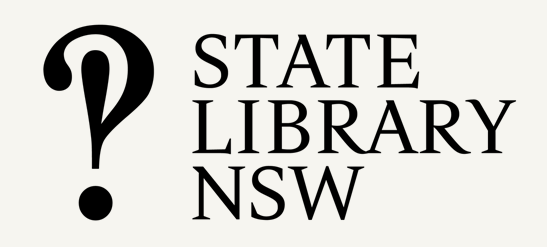Background
In June 2007, nine senior Pitjantjatjara men visited the National Library of Australia to identify photographs of Pitjantjatjara people and country. The visit was instigated by an administrator of the Ara Irititja project at Anangu Pitjantjatjara Yankunytjatjara (APY). The first meeting was followed, in 2010, by six Pitjantjatjara female Elders to view collection material identified as gender-specific women’s business. That visit was also instigated by someone working on the Ara Irititja project. The Elders viewed collections at the National Film and Sound Archive (NFSA), the National Library, the National Museum and the Australian Institute of Aboriginal and Torres Strait Islander Studies (AIATSIS). The focus of the visits was knowledge sharing, including access clearance and the supply of digital copies of collection materials to communities.
Description
During the meetings, the Elders viewed photographs taken in Central Australia by photographers such as Michael Terry, Charles Duguid, the Reverend Hamilton Aikin, and the Reverend Les McKay. Some of the photographs were confronting in both their subject matter and catalogue descriptions.
A space was provided for the Elders to view the photographs in private. Signs were placed on the doors of the space to indicate that work was being undertaken with culturally sensitive material. Female library staff worked with the Pitjantjatjara women and male staff with the Pitjantjatjara men.
The Elders sorted the photographs into ‘in country’ and ‘out of country’, and provided valuable information, identifying people, places and sensitivities, including images of secret or sacred practices, and gender-specific images.
Outcomes
With the Elders’ permission, library staff endeavoured to record as much information about the photographs as possible; however, the visits were short and in many cases the locations and people in the photographs remain unidentified. Catalogue records for the material were updated with the information supplied by the Elders and the source.
Over 100 previously unrestricted photographs of Pitjantjatjara country were identified as restricted due to cultural sensitivities. Some of the restricted images are of ceremonies, other are landscapes associated with ceremonial or cultural practices, or images that showed degrading or exploitative practices. The Elders were moved by the sadness of some of the photographs, and supported the decision to restrict those items from consultation or display, subject to approval from the Pitjantjatjara community.
The Elders’ visits began the process of introducing and connecting the library and its collections with Pitjantjatjara communities. The library is developing a framework with overarching protocols to plan future library consultation work with other First Nations communities. To enhance access to collection materials, description standards are being developed to improve ongoing description and discovery of First Nations collection material.
The visits enhanced staff capability to work with the First Nations communities in the description, access and management of collection materials. It also provided opportunities to develop consultation pathways and connections.
The library is continuing engagement with APY and Ara Irititja to provide appropriate description and interpretation of photographs of Pitjantjatjara lands and communities. The library is also seeking guidance from Pitjantjatjara communities on public access to the photographs through NLA’s online catalogue and online display through Trove, or any restrictions on access to the photographs that might apply. The project aims to continue the supply of digital copies of photographs relating to Pitjantjatjara communities and lands which began with the earlier visits.
Lessons learnt
The visits were far too short to obtain all the information about the photographs and their context. The Elders have an intimate knowledge of their communities and lands, and were keen to share their knowledge. Although the meetings were a valuable opportunity to exchange information and establish a process of consultation and referral, there wasn’t enough time to undertake the depth of consultation required.
The visits demonstrated the importance of recognising and respecting the rights of First Nations communities to be involved in decision-making concerning the description, interpretation and use of photographs relating to those communities. Where information about the material and cultural sensitivities doesn’t come from the communities themselves, it should be treated with caution and verified with those communities before being acted on.
The project-based methodology for managing the consultation visits and outcomes did not fully support developing ongoing relationships and referral, or integrate consultation into established collection-management practices. Ideally, consultation should be included in day-to-day processes and collection-management practices.
Existing descriptions of collection materials reflect the attitudes and preconceptions of the eras in the materials were made or described, or present a non-Indigenous interpretation of Indigenous peoples and cultures. Through consultation, alternative descriptions and interpretations can be provided that are respectful of Indigenous culture and interpretations.
Collection materials may contain culturally-restricted information, such as secret or sacred knowledge, or information that has specific restrictions such as gender specific knowledge. Access or restriction should be determined in consultation with communities, to adhere to required protocols and to maintain Indigenous knowledge and cultural practices.
Indigenous cultural and intellectual property impacts on almost every area of the management of Indigenous collection materials. Established processes and procedures may have to be reviewed and changed when working with these collection materials, and may incur additional costs.
Consultation is a complex, resource-intensive process. The time involved and costs of consultation can be high, and may be difficult to plan and budget. Flexibility and patience are required when managing workflows, budgets and project deadlines in this space
Relevant ATSILIRN Protocols
5. Description and classification









